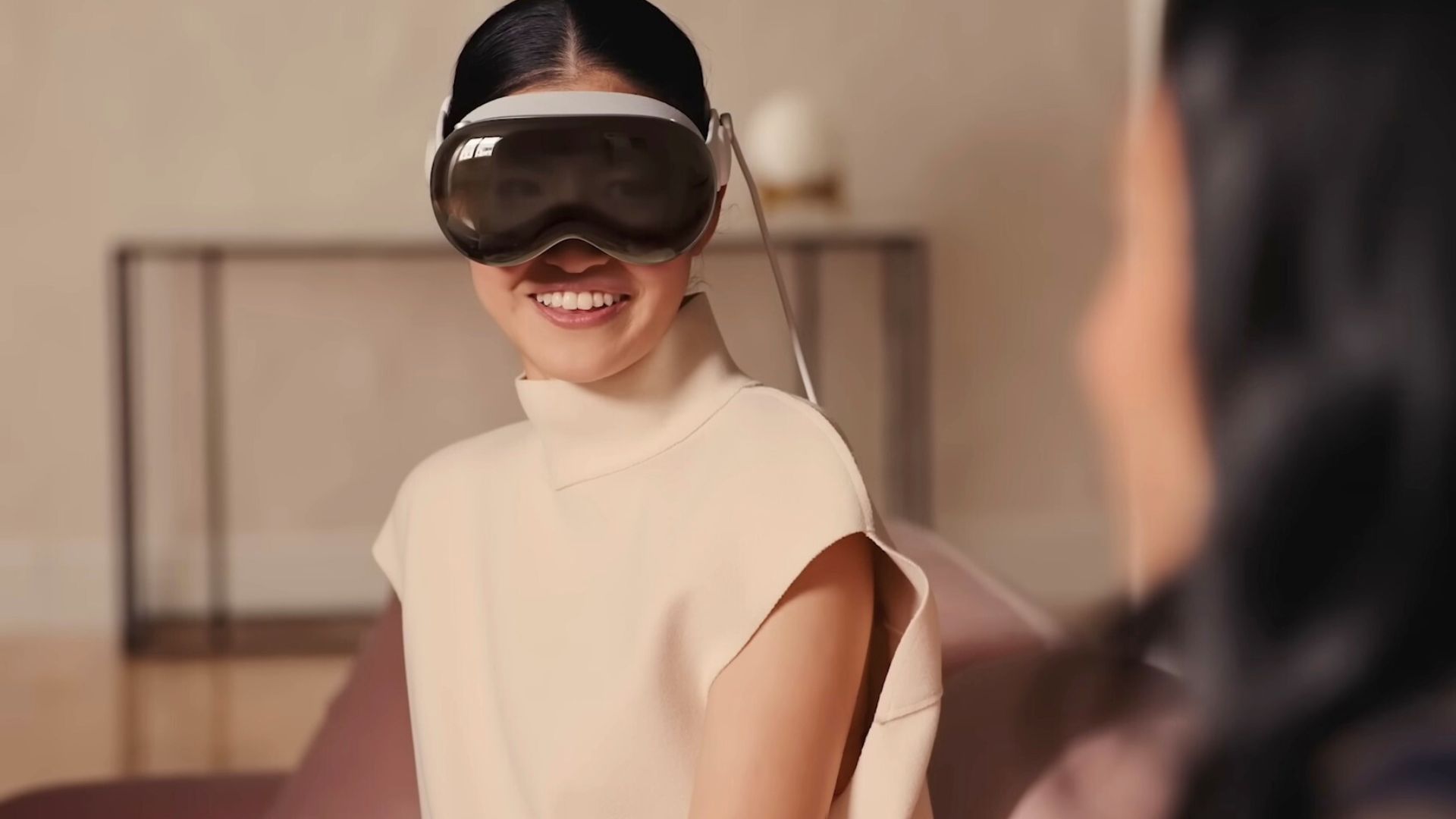After Meta, it’s Apple’s turn to present its project for the future of virtual reality. But given how costly it is, physically, to wear a helmet on your head for hours on end, it’s unclear whether this technological future can include everyone.
This article is taken from the #Rule30 newsletter, which is sent every Wednesday at 11 a.m.
To register for free to receive it, it’s here.
In 2016, I was offered to test the HoloLens, Microsoft’s augmented reality headset. The device theoretically allowed to mix virtual elements with reality, by projecting holograms on tinted glasses. In practice, I was quickly confronted with difficulties that were more absurd than technical. The helmet kept slipping due to my long hair, forcing me to wrap it around my head so tightly that I walked out of my test with the onset of a migraine. The lenses were also not suitable for my eyes, sometimes preventing me from distinguishing the famous holograms. I had described this experience in an article which had been poorly received. ” I wanted to read an article on high tech, not ELLE magazine “, had kindly commented a reader.
I often think back to this story. Why questioning the relationship between my body and a technological object would be less important than talking about the capabilities of the object in question? What good is a smartphone too big for my hands, a virtual reality headset that will inevitably make me nauseous, a connected watch that is too thick for my wrist? I was therefore less enthusiastic than the average of my fellow tech journalists when Apple unveiled its Vision Pro on Monday evening. This mixed reality headset allows both virtual (completely immersive) and augmented reality to be used. It gives the illusion of being glasses, but this transparency is artificial: we are actually looking at a screen which broadcasts a video from the outside thanks to cameras positioned on the helmet (we call that « video pass-through “).
“Using the Vision Pro for hours begs the question of what it means to live in the real world”
On paper, the technical performance looks impressive. It remains to be seen who will really be able to use this kind of technology on a daily basis. Mark Gurman, journalist for Bloomberg who revealed most of the information on Apple’s headset before its launch, for example underlined that the company advised against its use for people with Menière’s disease (which affects the inner ear), who suffer from epilepsy, who are pregnant, prone to dizziness or migraines. You can’t put it on with glasses. You will either have to wear your lenses or buy them from an Apple partner.
There are many ways of approaching accessibility in new technologies, whether adapting to different disabilities (a subject unfortunately still too often ignored) or more generally to the diversity of our bodies and our experiences. This reflection also has a gender aspect. Many scientific studies have shown that women suffer more from motion sickness when using virtual reality headsets. Migraine is also a disease that affects women more. There are other subjects of less serious exclusions, but not so trivial. When I see that the Vision Pro has a battery to store in its pocket, I’m reminded that a lot of my clothes just don’t have pockets. I also wonder if it can be worn with makeup. In short, this future of immersive technologies gives me a shower in advance and traces of mascara on my cheeks.
Using technology means entrusting your body to an industry that regularly forgets that the world is not made up of able-bodied men alone. I haven’t tested the Vision Pro (and probably won’t for a long time). The few journalists who were able to take the helmet in hand – for 30 minutes and under the control of the Apple communications team – do not mention any problems with nausea or discomfort. Lauren Goode, journalist for the magazine Wired, underlines all the same that it is impossible to ignore that one wears a helmet on the head. ” It’s on your face, it covers your eyes, organs and senses that are essential to the human experience (…) Using the Vision Pro for hours raises the question of what it means to use computing, but also to live in the real world. New technologies do not always adapt to me. But do I really want to use them?
Subscribe for free to Artificials, our AI newsletter, designed by AIs, verified by Numerama!
